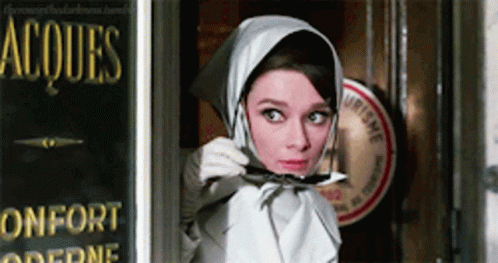Charles Durning: Best known for an acting career that spanned fifty years and over two-hundred roles, off-screen Charles Durning played the role of decorated soldier during World War II. He was just twenty-one when his infantry unit stormed the beach at Normandy during the D-Day invasion of France. Despite sustaining both machine gun and shrapnel wounds he ultimately killed several German soldiers, and was the only member of his unit to survive that fateful day. He later faced another harrowing experience while fighting in Belgium where he was stabbed by a German soldier's bayonet, only to ultimately kill the soldier in hand to hand combat. After recovering from his injuries he resumed duty and fought in the Battle of the Bulge, where he was captured by enemy combatants. During his time in a Nazi POW camp he was one of only three men to survive the prisoner massacre at Malmedy, Belgium. Durning's heroism earned him a Silver Star and three Purple Hearts, but the trauma of his experiences took a severe physical and mental toll that led to his spending four years in and out of military hospitals as he struggled to readjust to civilian life. Although he generally preferred not to discuss his war-time experiences and once told an interviewer, "Too many bad memories, I don't want you to see me crying" he participated in the National Memorial Day Concert to commemorate the 60th anniversary of D-Day, and went on to make annual appearances at the event. Although he returned to civilian life to enjoy a long and varied acting career he never forgot his war-time experiences and participated in numerous events to honor veterans and raise awareness of the psychological wounds of war. Durning, like so many allied soldiers, displayed a courage and self-sacrifice that is truly daunting, and cannot possibly be encompassed in a simple blog entry. To learn more about this true American hero watch the man himself at work below as he describes his experiences during the 2007 National Memorial Day Concert.
 |
| An even better spy off-screen than on |
Hedy Lamarr: Austrian bombshell Hedy Lamarr spent her war years in Hollywood where she, like many actresses, sold war bonds, entertained the troops at the Hollywood Canteen, and developed cutting edge military technology. Actually, she might be the only Hollywood star who can make that last claim. It all started during her childhood in Vienna when her father exposed her to advanced mathematics and science and encouraged her to be an independent thinker. Years later, after escaping both an abusive marriage to a fascist arms dealer and the impending Nazi annexation of Austria, she arrived in Hollywood where she eventually used her scientific skill in service of her adopted country. In the early 1940’s, Lamarr began a friendship with her neighbor, avant-garde artist George Antheil, who was working with a series of experimental instruments, including a set of synchronized player pianos. While observing Antheil’s pianos, she noted how their programming caused each piano to ‘hop’ from one note to another in unison and began to wonder why the radio signals controlling allied torpedoes couldn’t do the same. She theorized that synchronizing radio signals to jump from one frequency to another would make it much more difficult for the Axis to pinpoint the signal’s location and jam it with broadcast interference. After countless hours of work, Lamarr and Anthiel completed their invention and brought it before US naval intelligence. Unfortunately, the device was so advanced for its era that experts ultimately rejected it, and Frequency Hopping was not implemented until the Cuban Missile Crisis in 1962, after Lamarr and Anthiel had unfortunately let their patent expire. Frequency Hopping went on to become the basis for Spread-Spectrum Communication technology, which is utilized today in Blue Tooths, GPS systems, internet WiFi, and the majority of modern military technology. By using her intellectual gifts, Lamarr was able to defy the constraints of her era and create a truly innovative invention that has shaped modern technology, both military and civilian, as we know it. Next time you use your Bluetooth, GPS, or cellphone, I hope you take a second to think of Hedy Lamarr, a woman who was truly ahead of her time.
 |
| Let's all raise a glass to Hedy Lamarr |

Sir Christopher Lee, also was a WW II veteran and spy :)
ReplyDelete